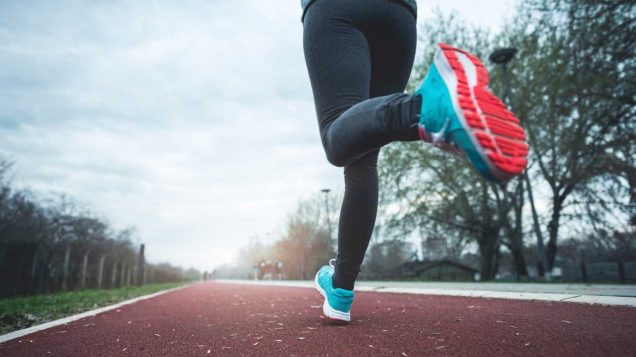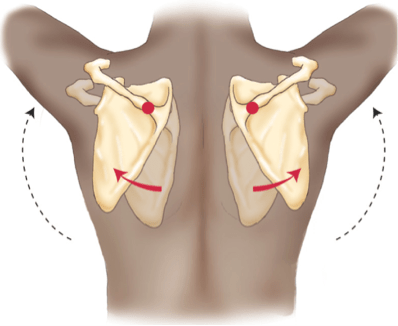 So we are fully into marathon season so with many races on the horizon for the running community I thought I would discuss the value and art of tapering for race day.
So we are fully into marathon season so with many races on the horizon for the running community I thought I would discuss the value and art of tapering for race day.
Tapering before a marathon should ideally begin around 2-3 weeks out for most runners.
So what does tapering mean? What does it achieve?
Tapering is the opportunity for your body to get some recovery and rest from all the mileage you have accumulated throughout your training. Evidence would suggest that a 2-3 week taper allows muscle glycogen (energy stores), enzymes, antioxidants, and hormones to return to optimal ranges. It is also an opportunity for muscle damage that has occurred during high volume training to repair and this improves muscle strength. Immune function also improves meaning you are less likely to get ill leading into the race.
However a common mistake during this period can be to over taper! Here is some guidance on how to manage you load during this period….
Weekly Mileage
A reduction to 80% of your weekly mileage in the first week, 70% second week and 50% in the final week should be sufficient to provide the necessary physiological adaptations required without leaving you feeling sluggish on race day. So if your weekly mileage is 50 miles then your taper mileage for week would be 40miles per week.
Long Run Volume
Whilst you don’t want to eliminate long runs you should reduce the volume, most coaches would recommend reducing this by 20% week 1 and 50% in week 2.
Intensity
You should also make sure you maintain some intensity to your sessions. Training at race pace is still beneficial during this period. One higher intensity session per week will be sufficient in week 1, a moderate intensity session at 60% volume of your normal hard day. In the final week this session can be in the form of mini session e.g. 6-8 x 2mins at race pace with 2mins recovery.
The day before the race it useful to get out a do a light run. This has the benefit of stimulating the nervous system and provides some psychological comfort by alleviating nerves. An easy 3 miles would be appropriate.
Whilst this blog has provided some insight into the reasons behind tapering and given some examples of how to manage tapering load, it isn’t a one size fits all model. You will need to find a tapering model that suits you and best prepares you both psychologically and physiologically for the race. It takes time to develop a routine and be comfortable with a tapering regime, so the more you do the more you will find what works for you!
As always…. Have a great weekend from the Physiokinetic team!
Cheers Becki

 You can try this now, simply try and hold your shoulder blades together and raise your arms, then do the same while relaxed and letting your shoulder blades move. Which is easier?
You can try this now, simply try and hold your shoulder blades together and raise your arms, then do the same while relaxed and letting your shoulder blades move. Which is easier?